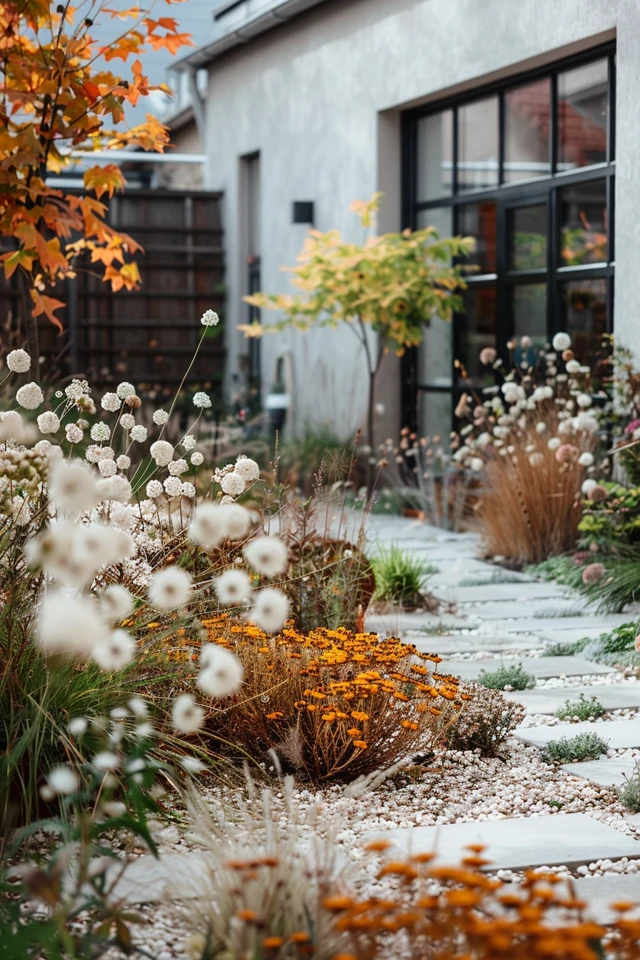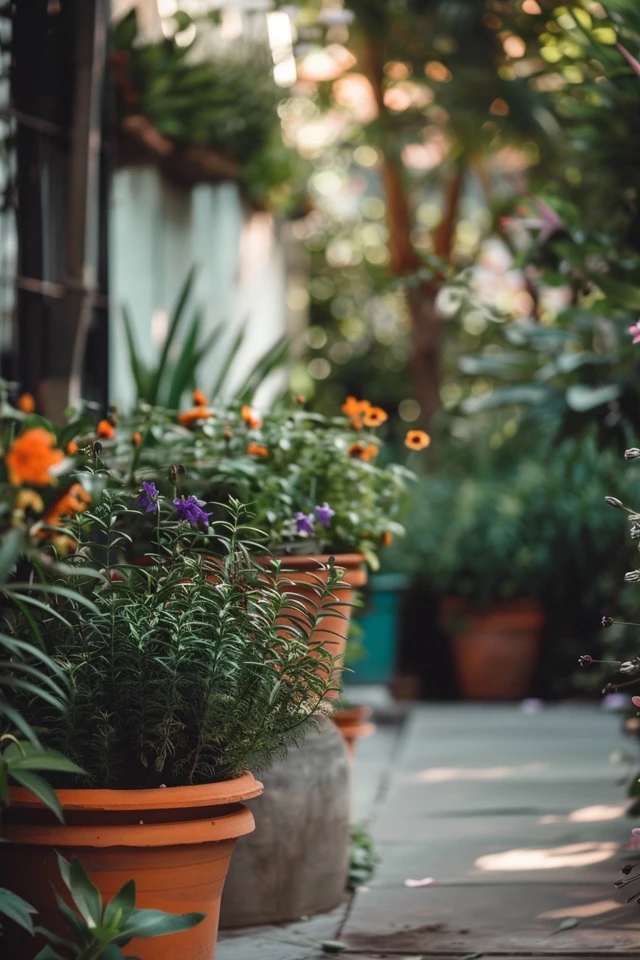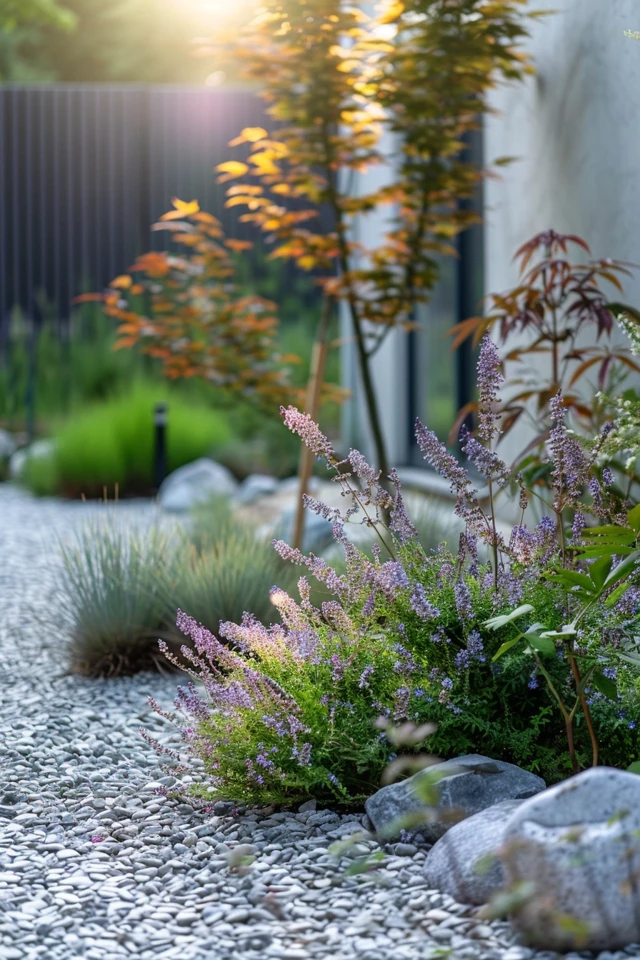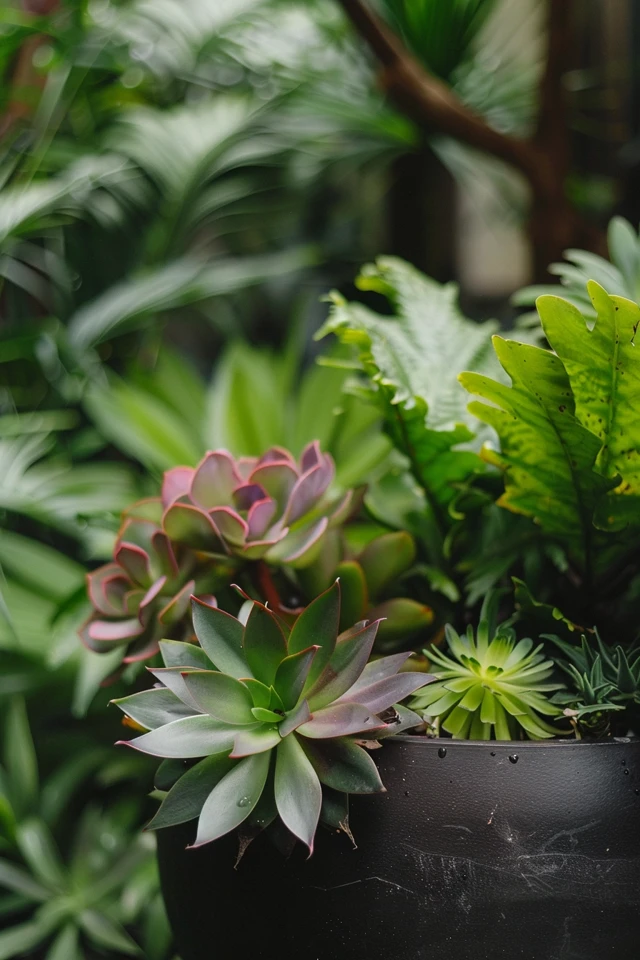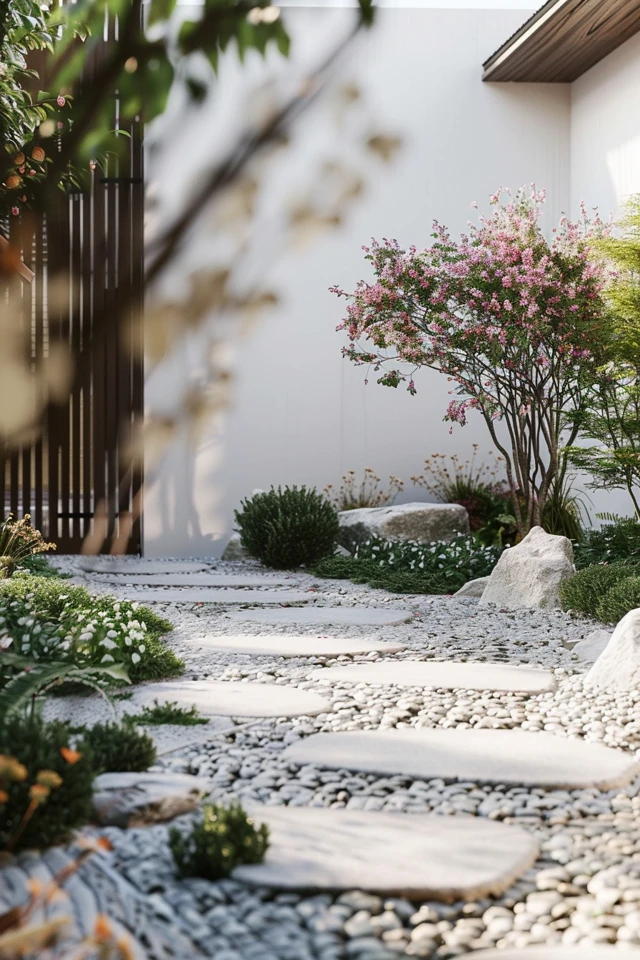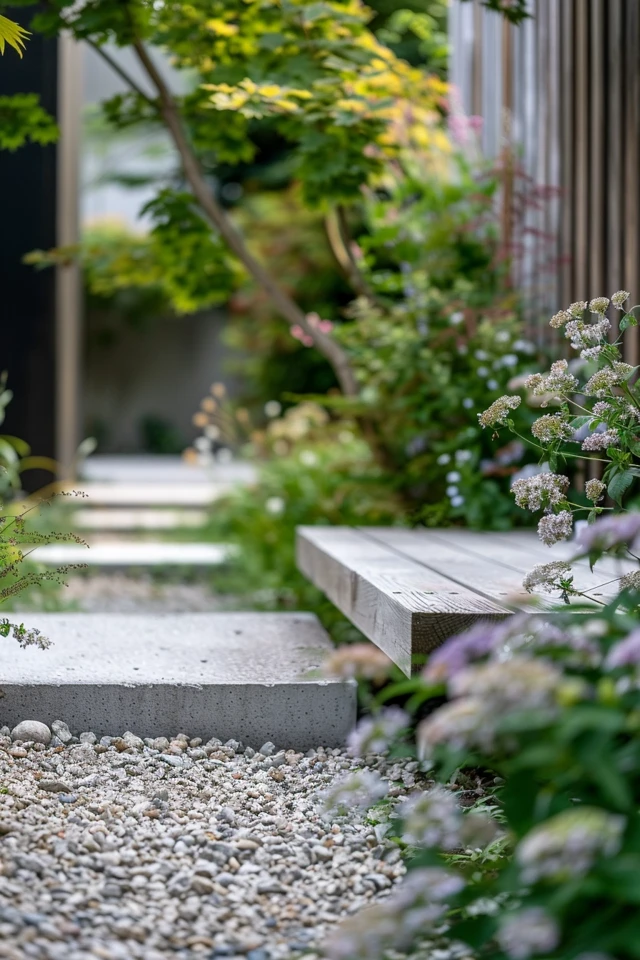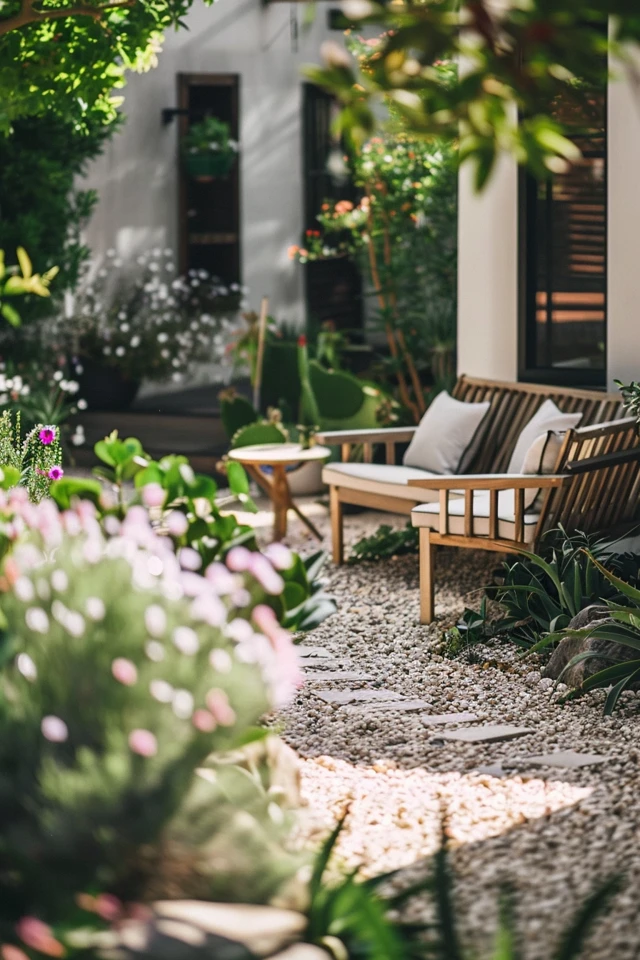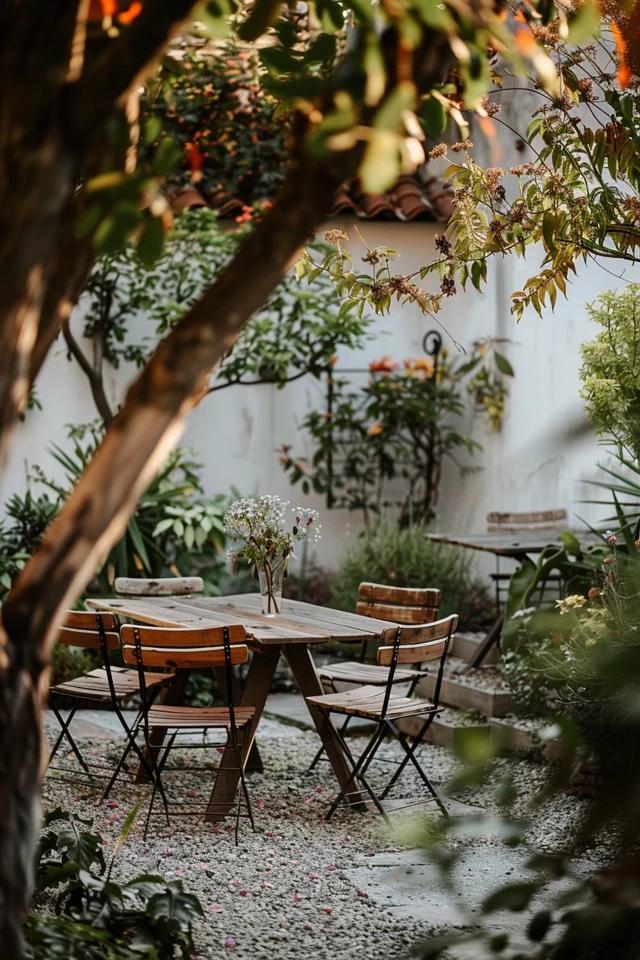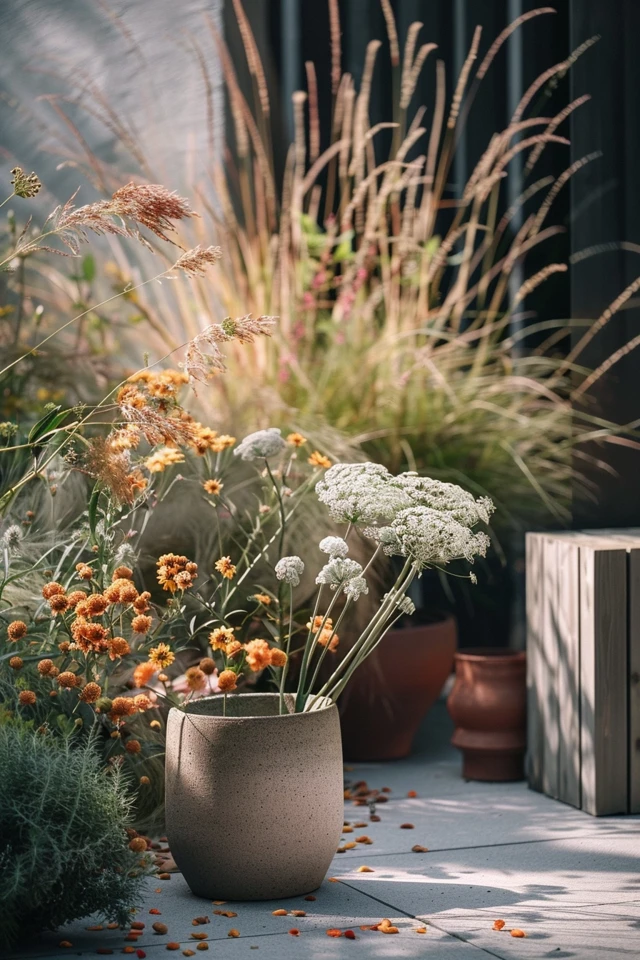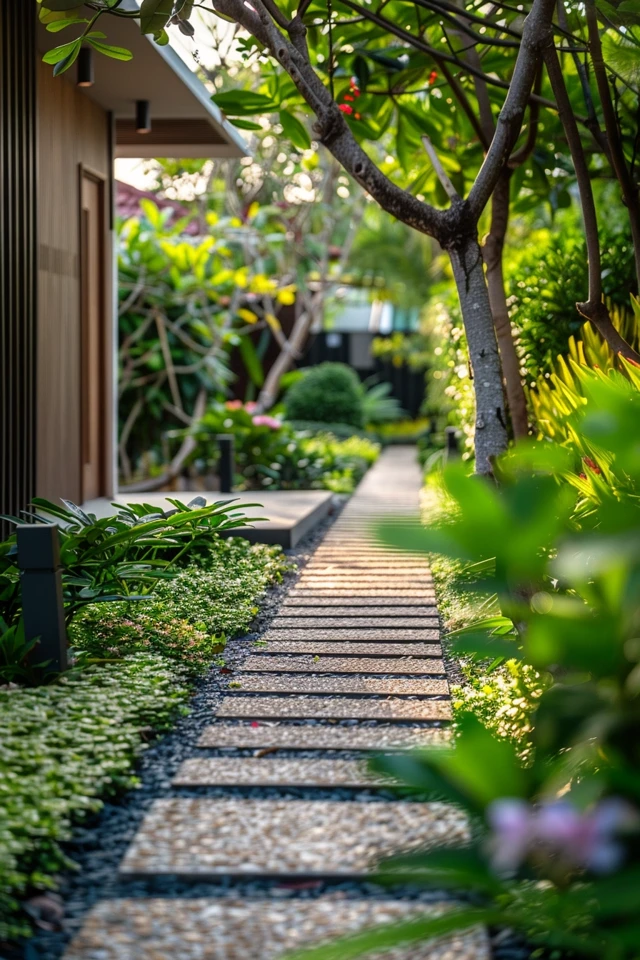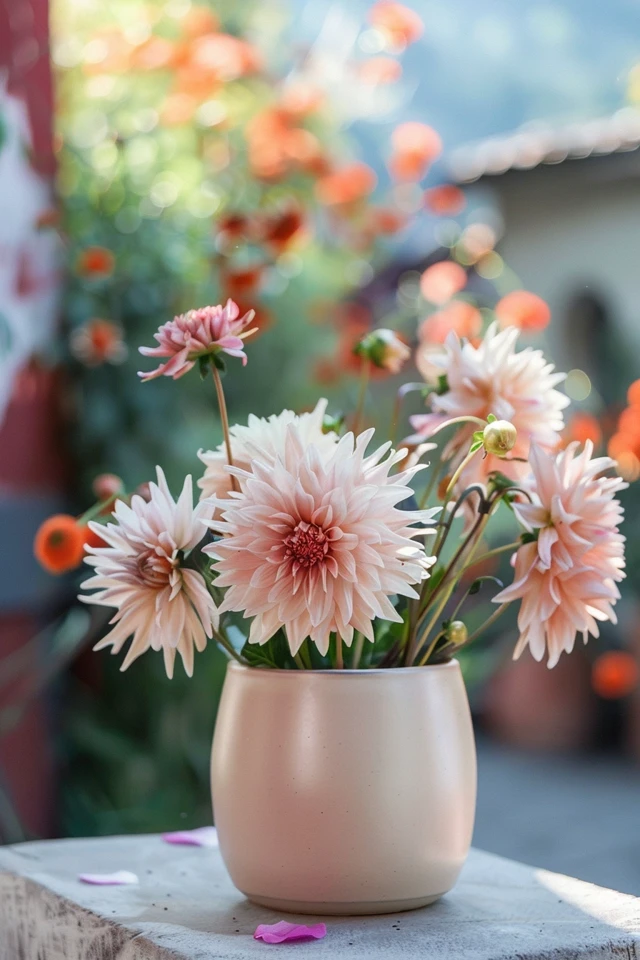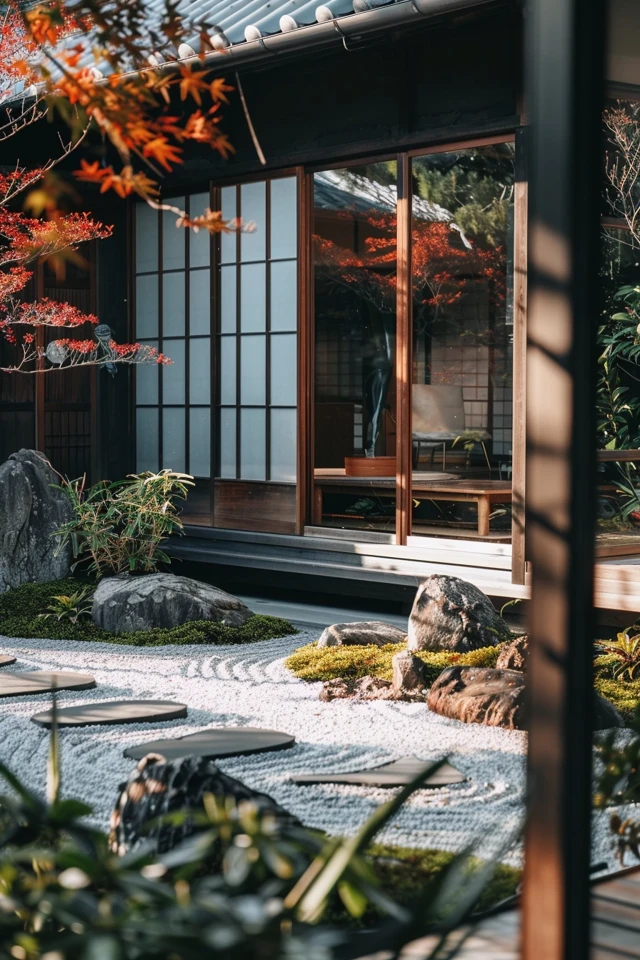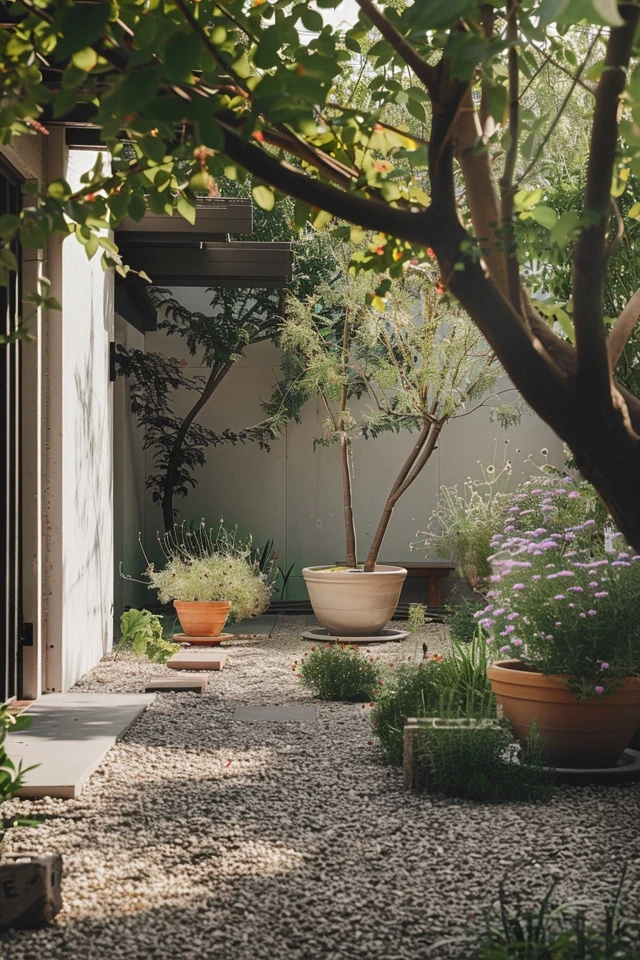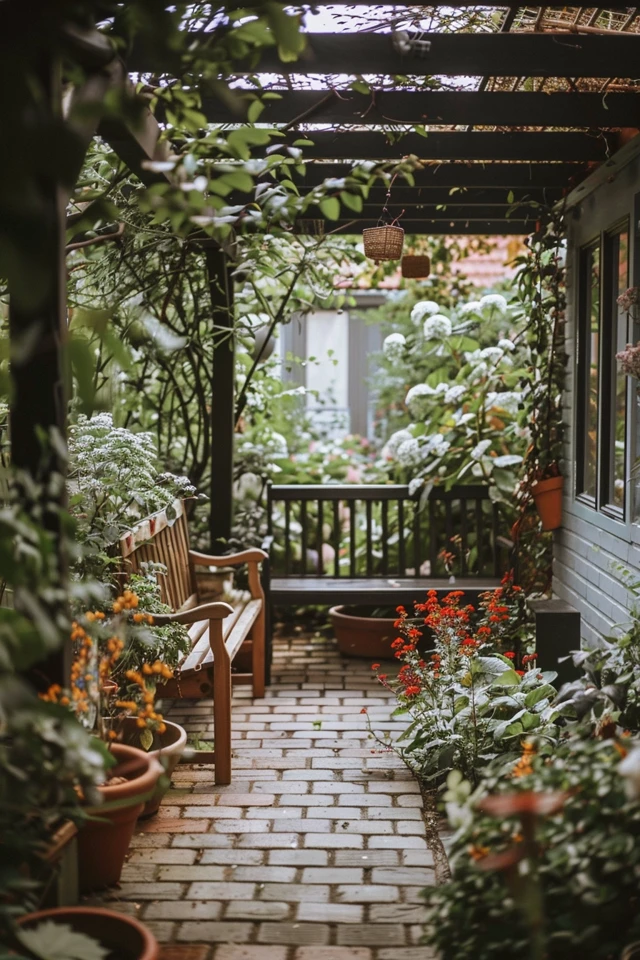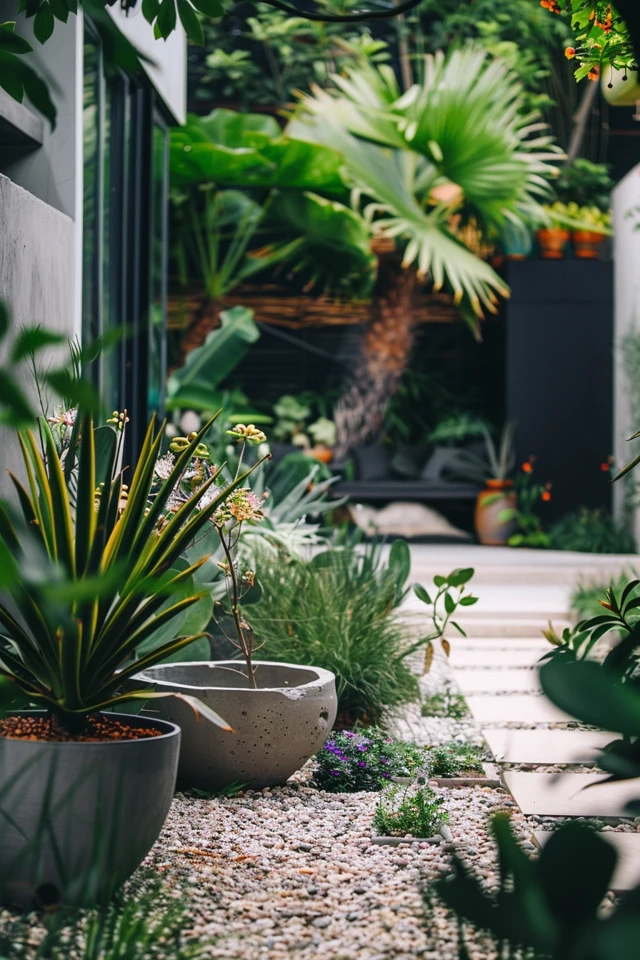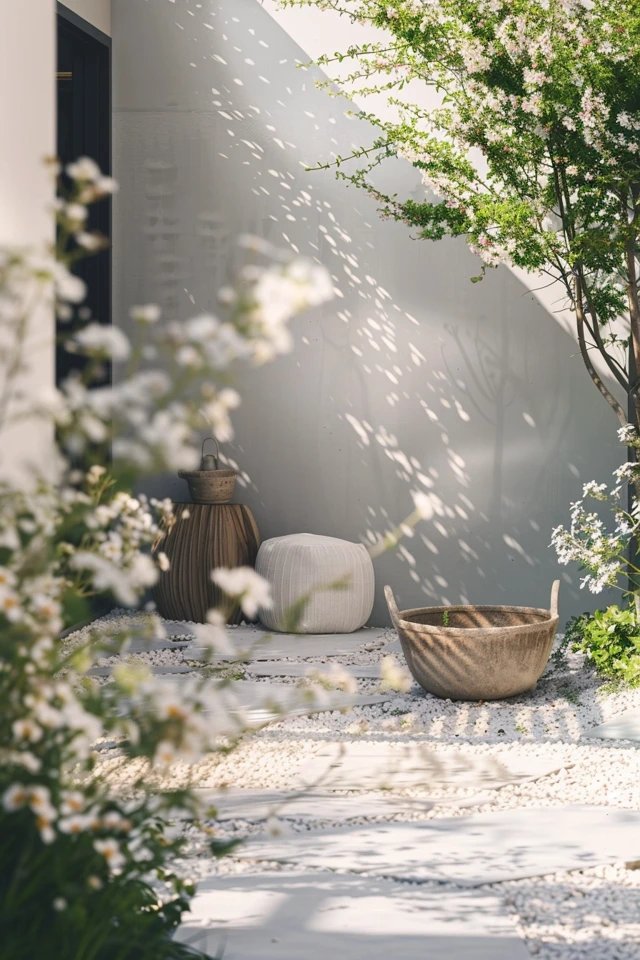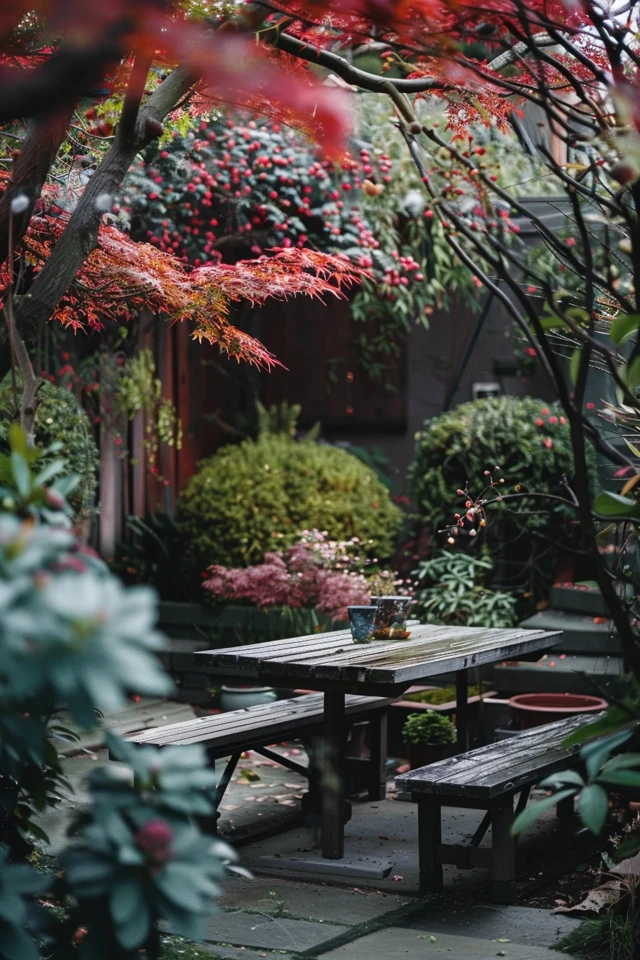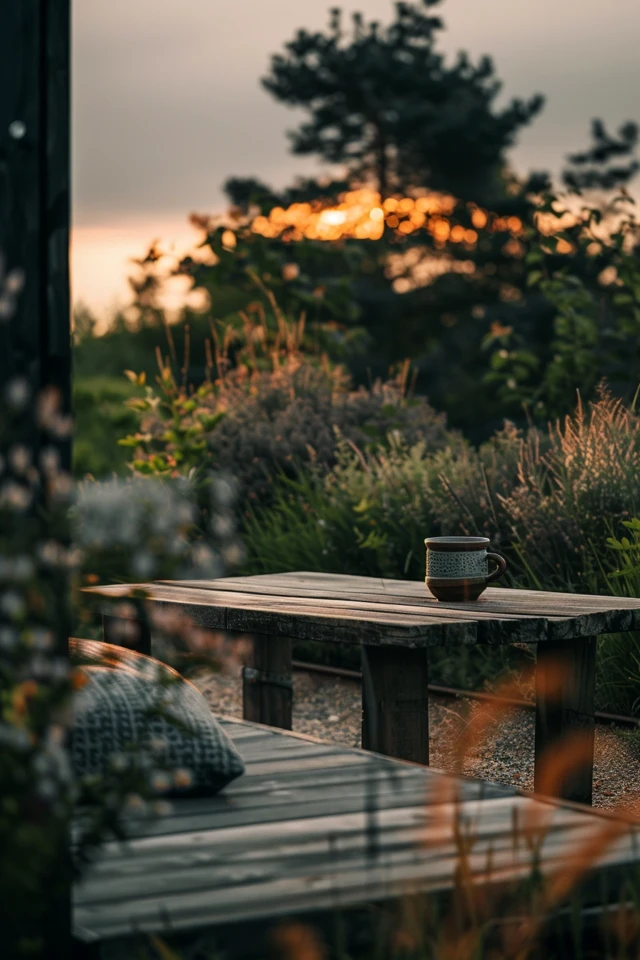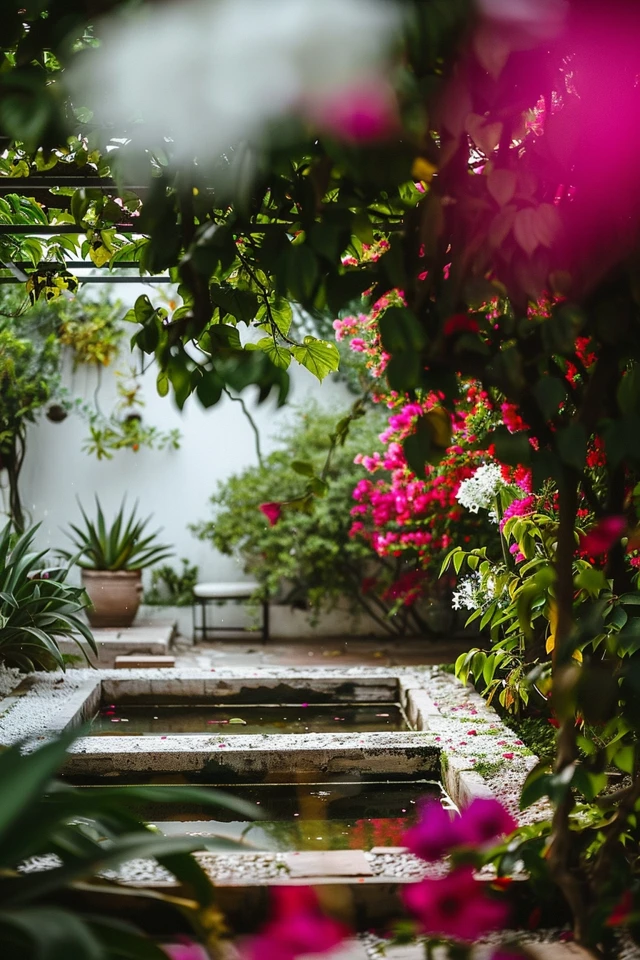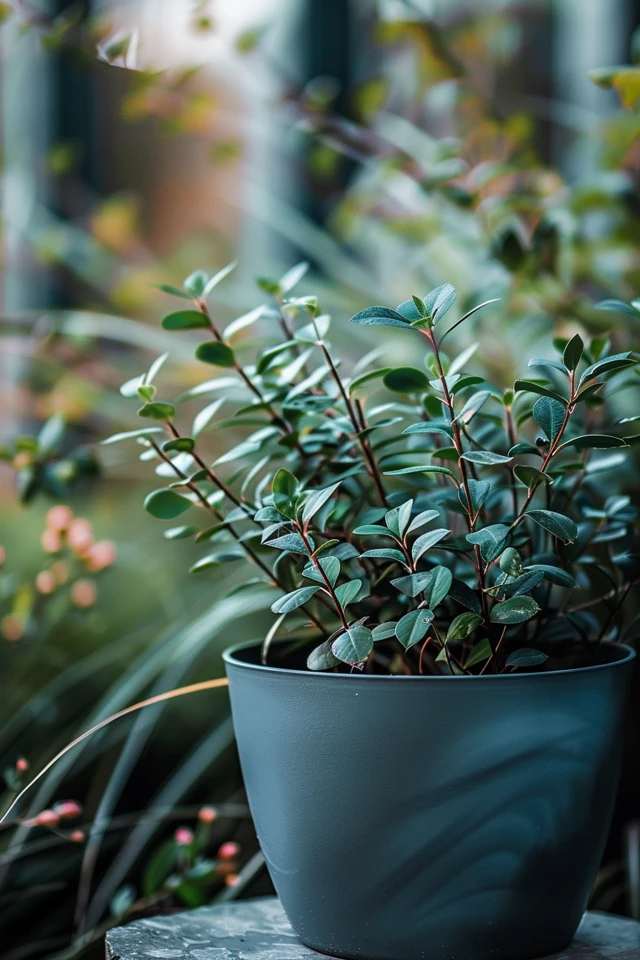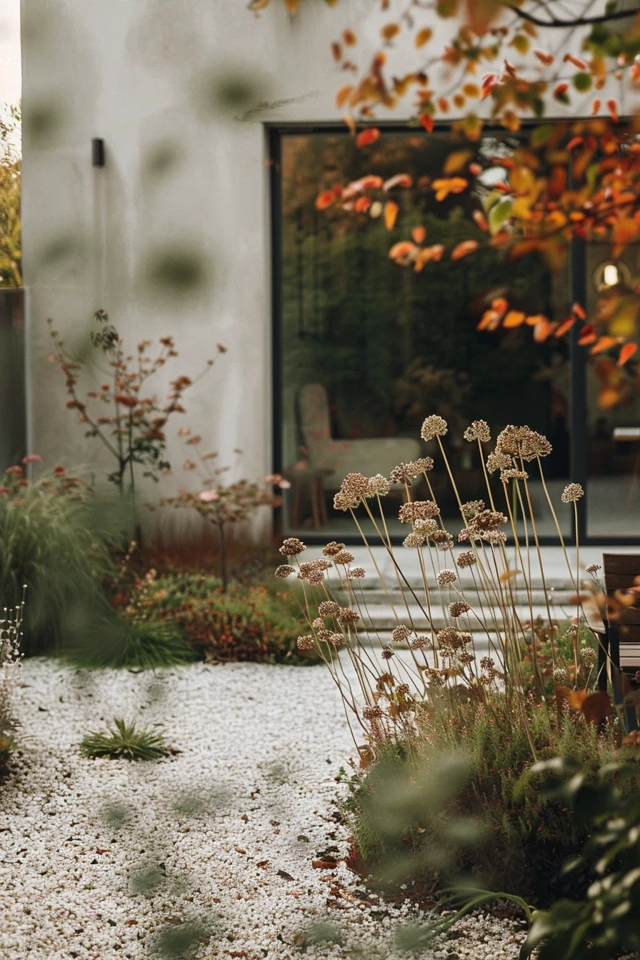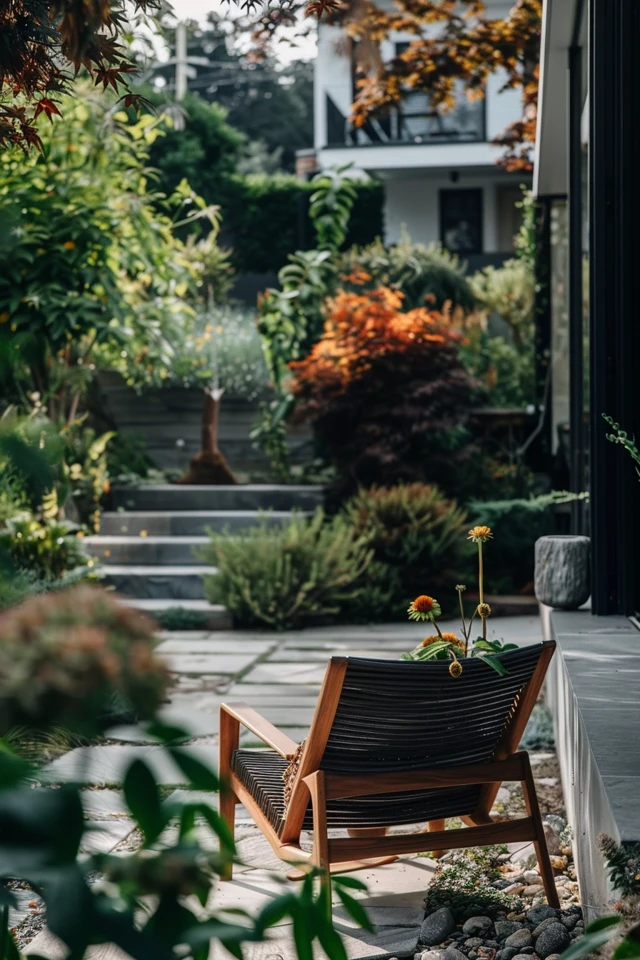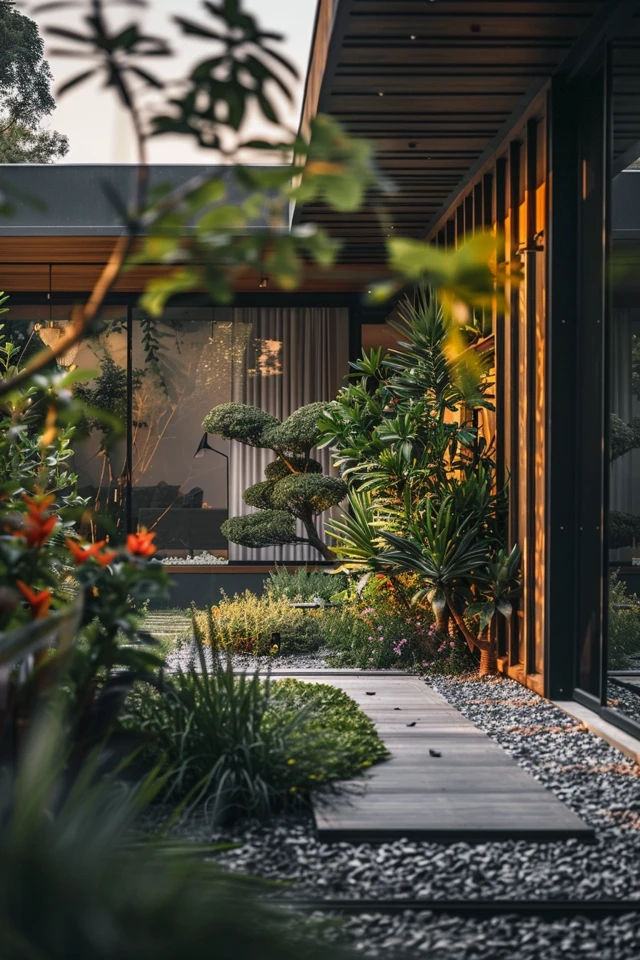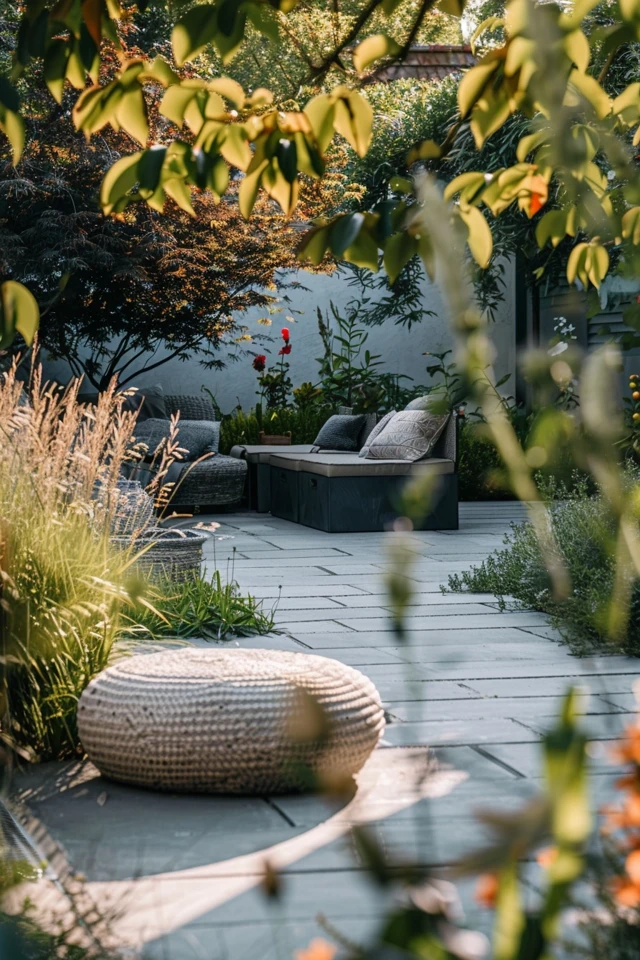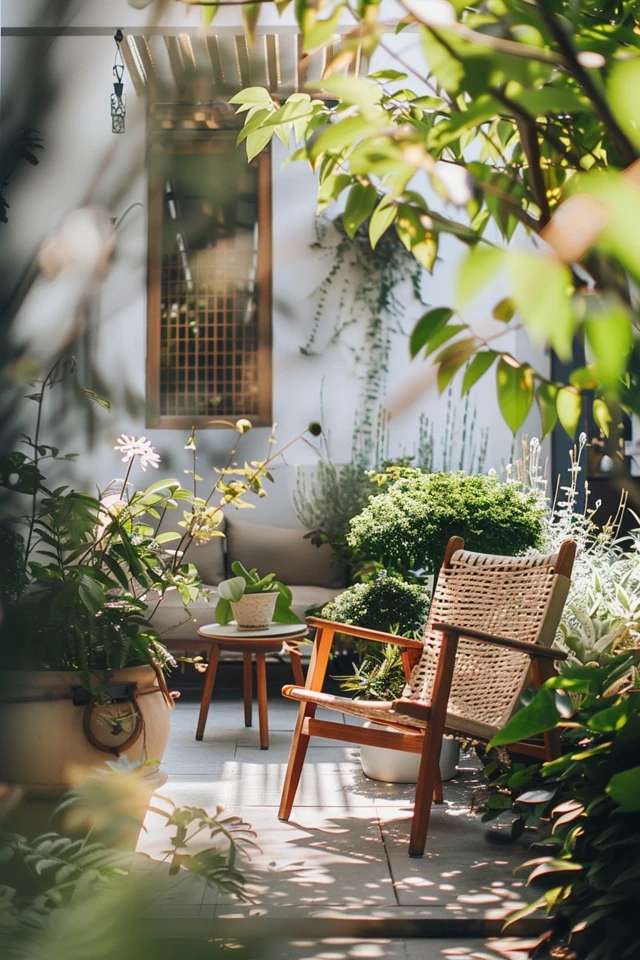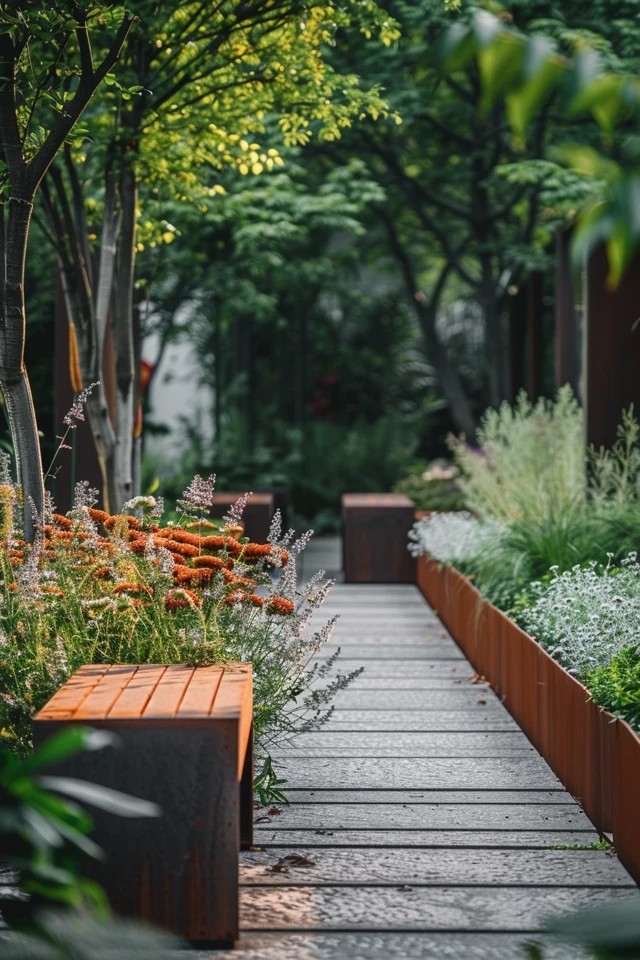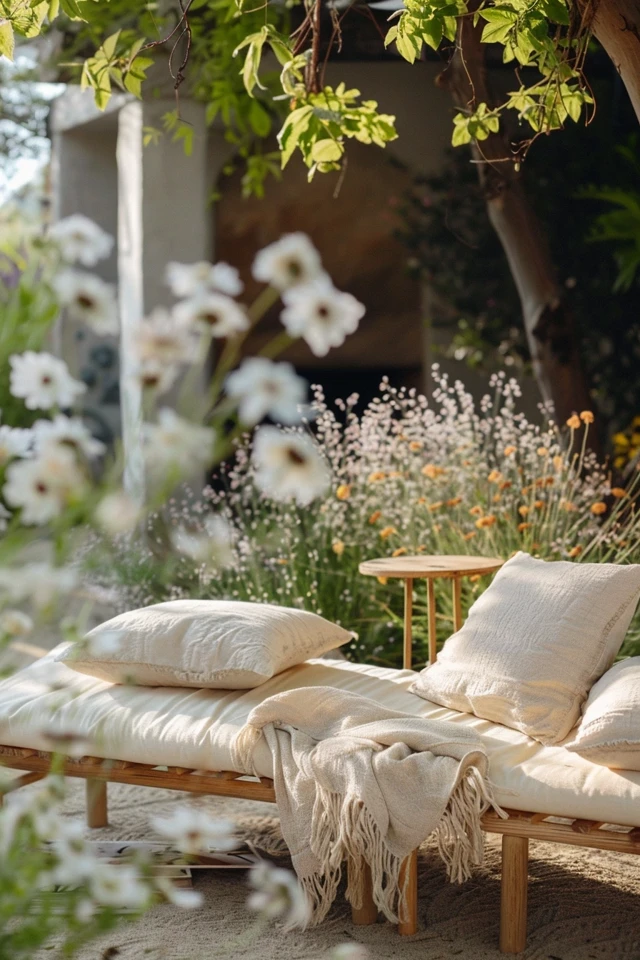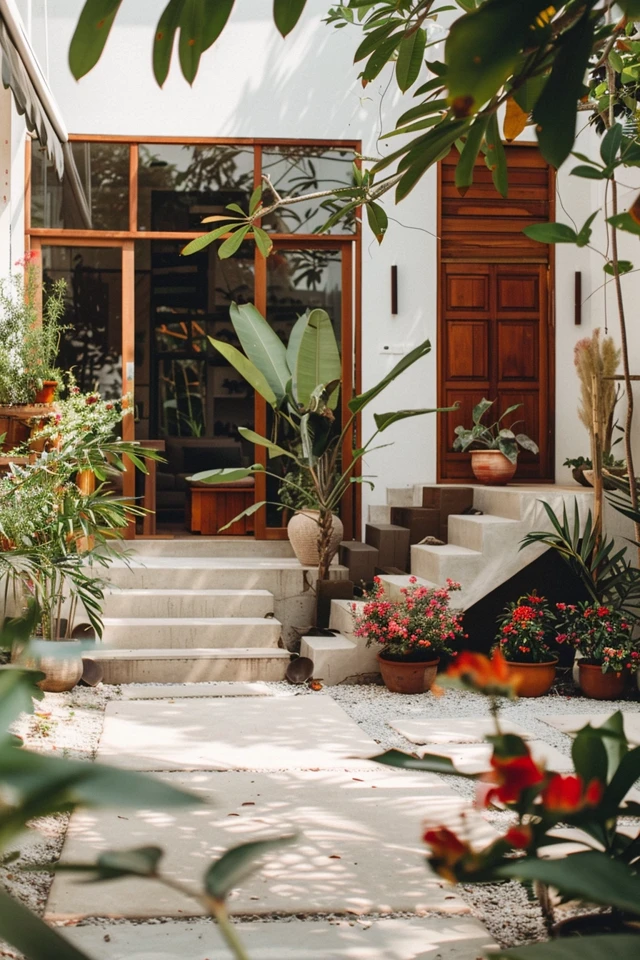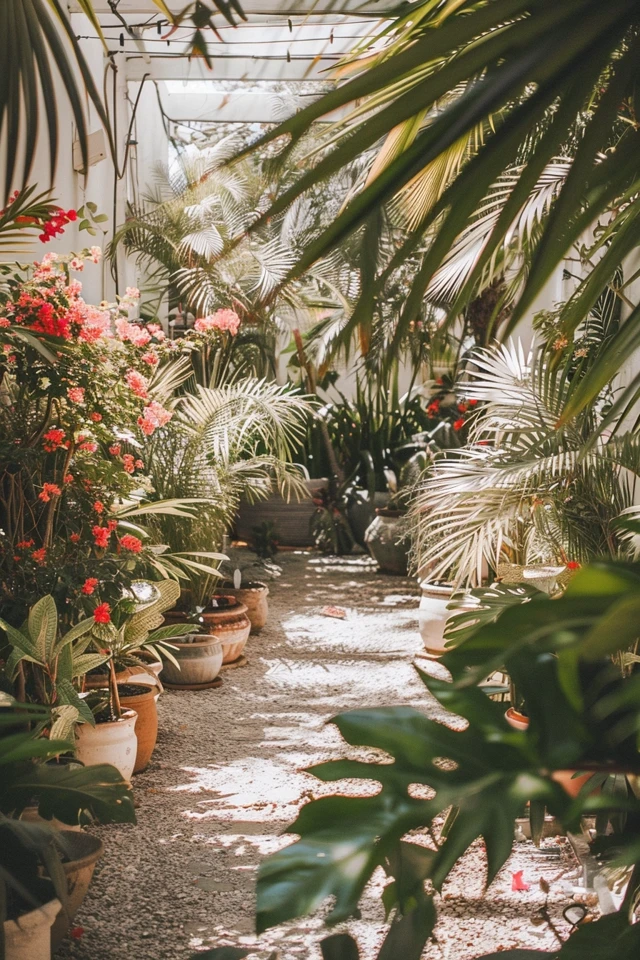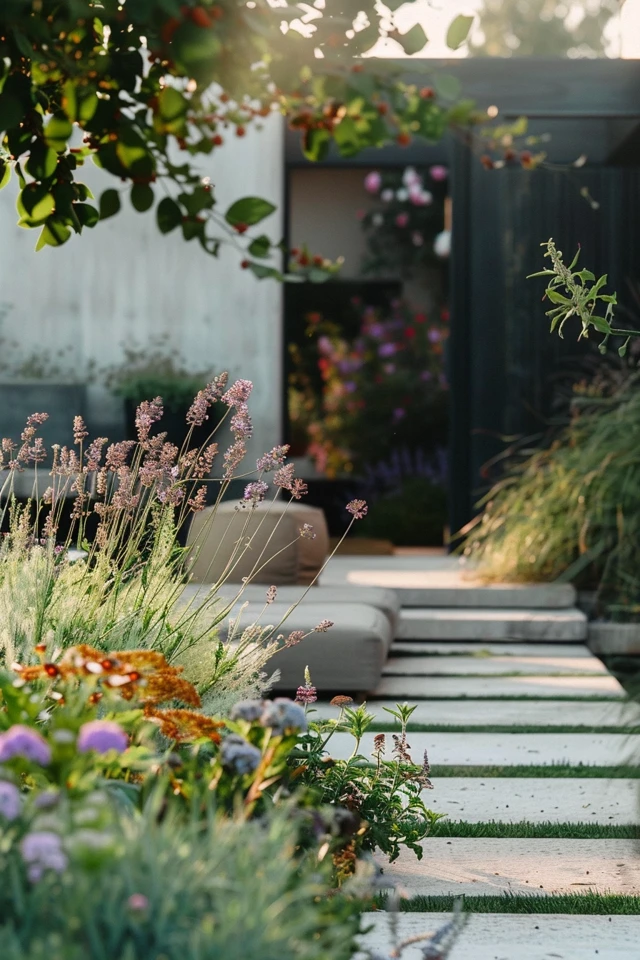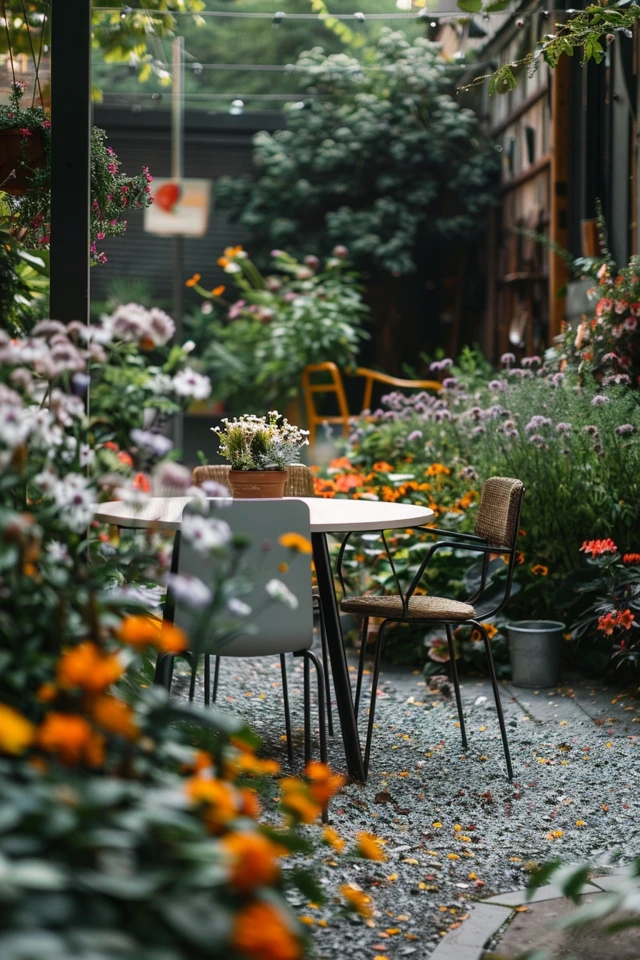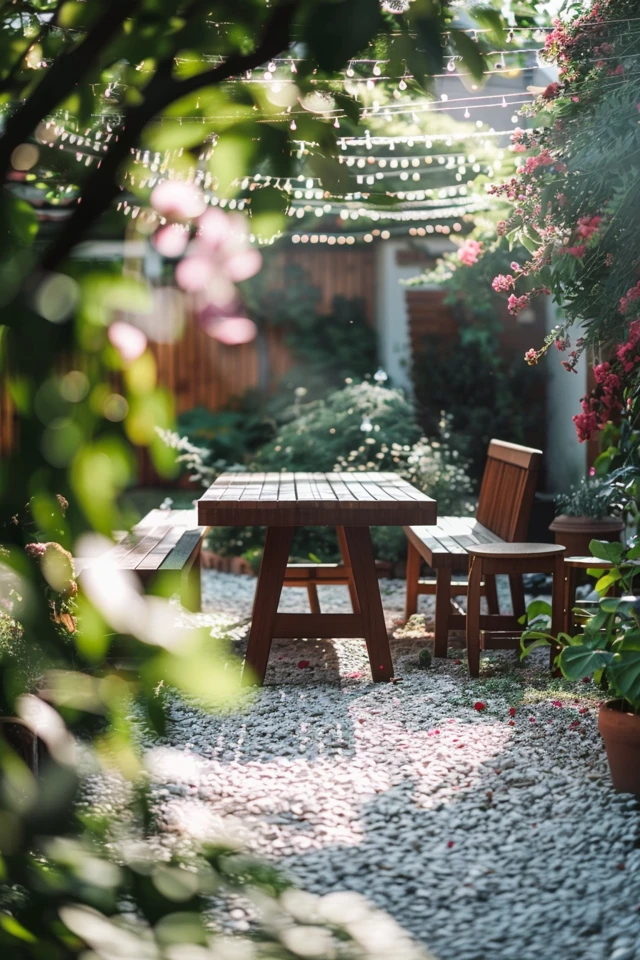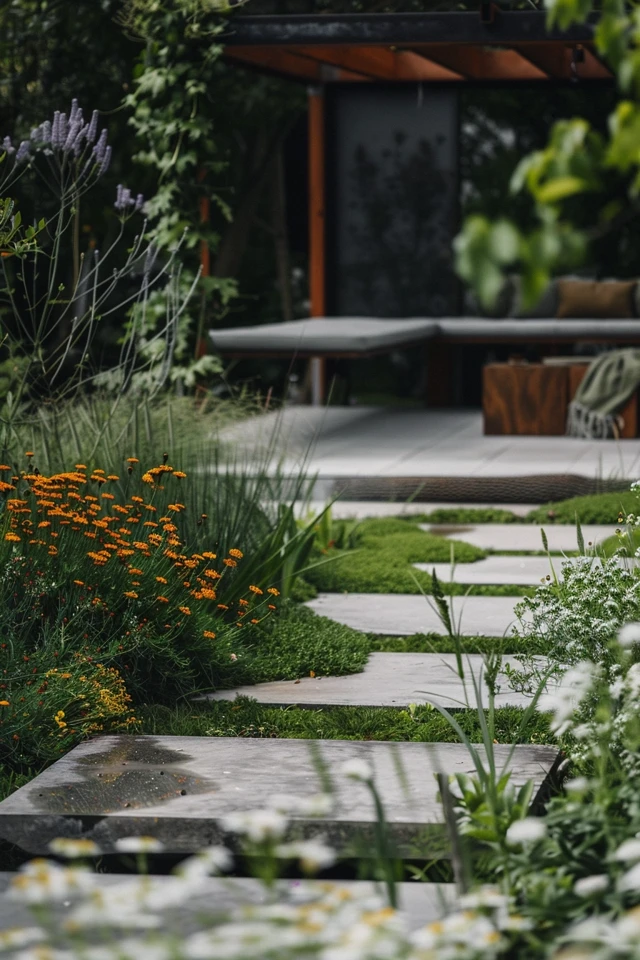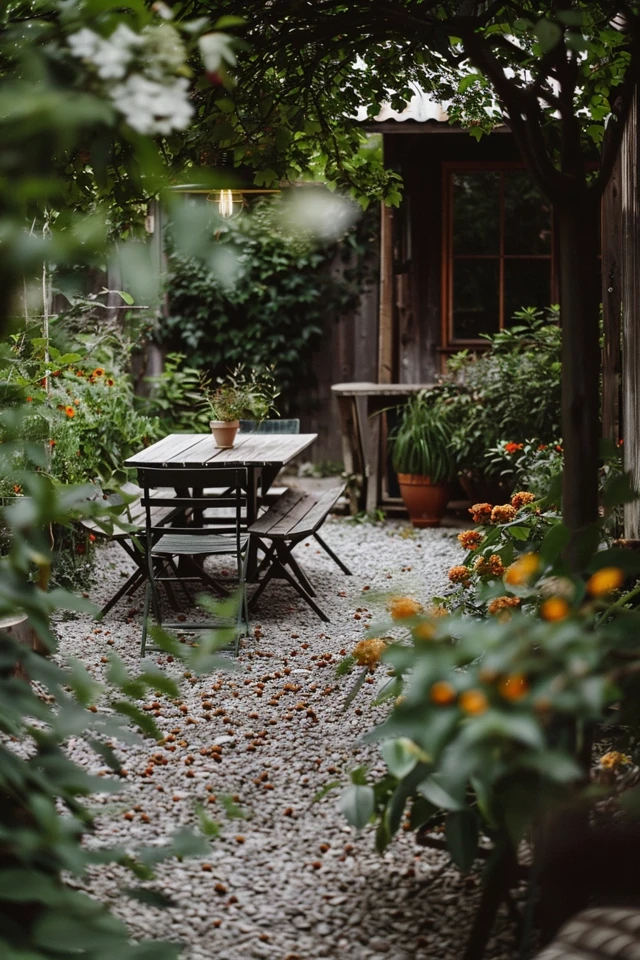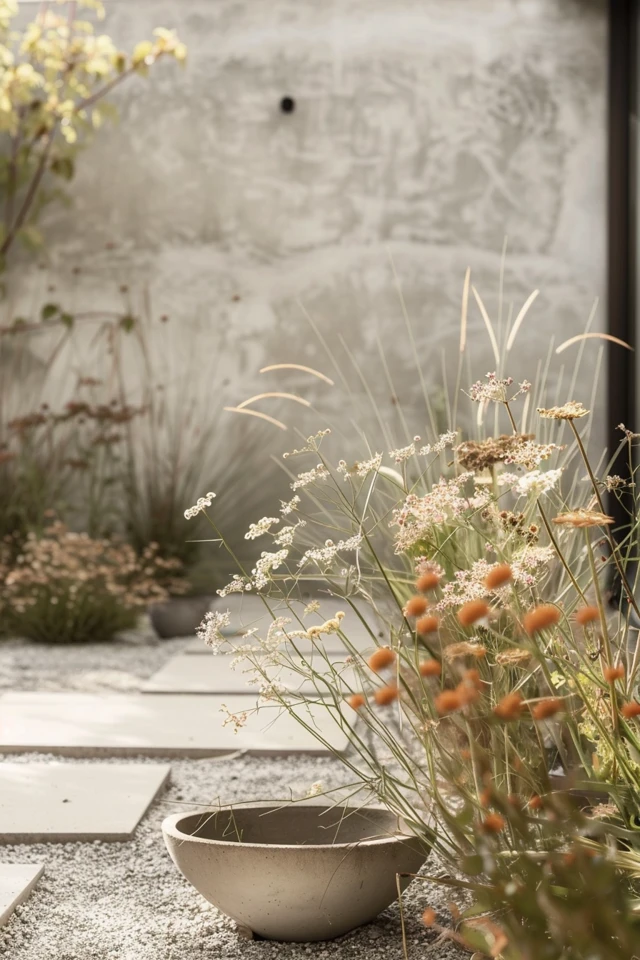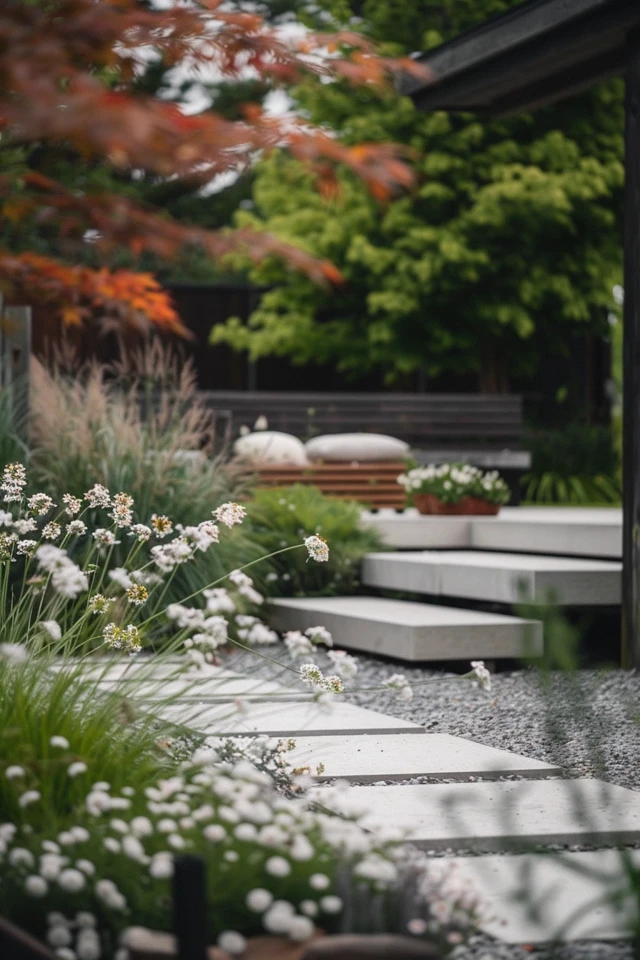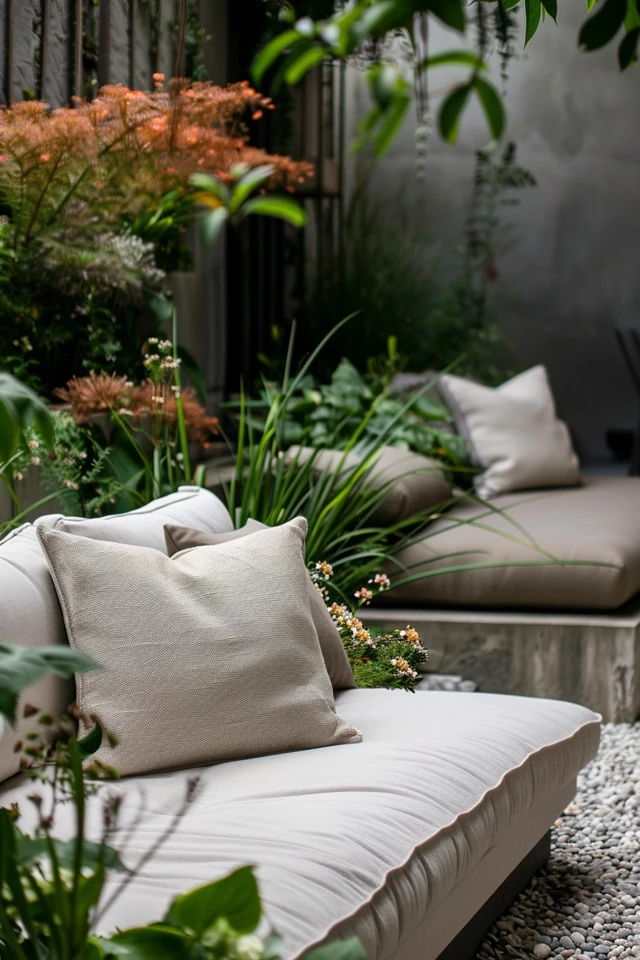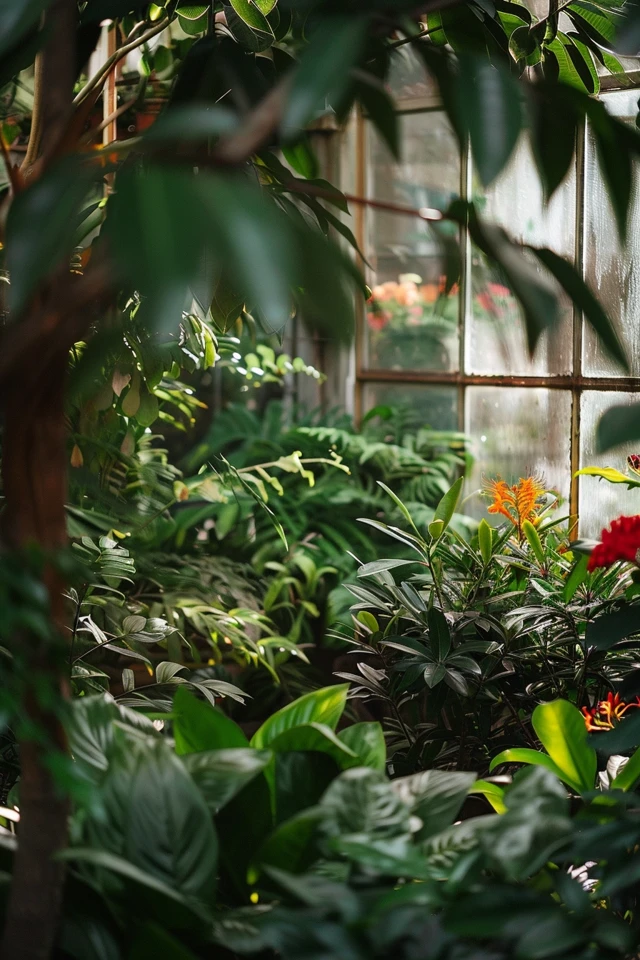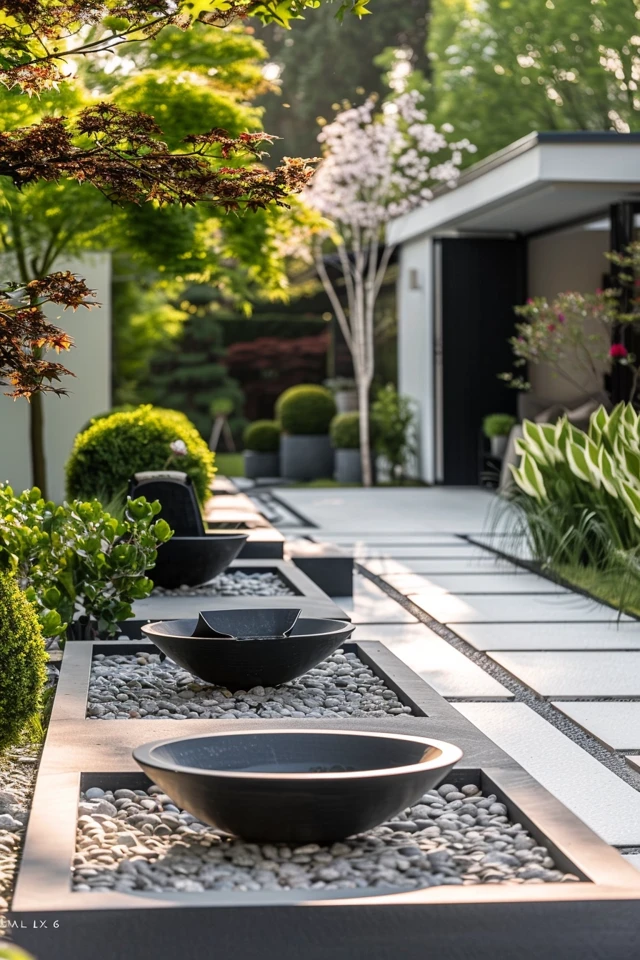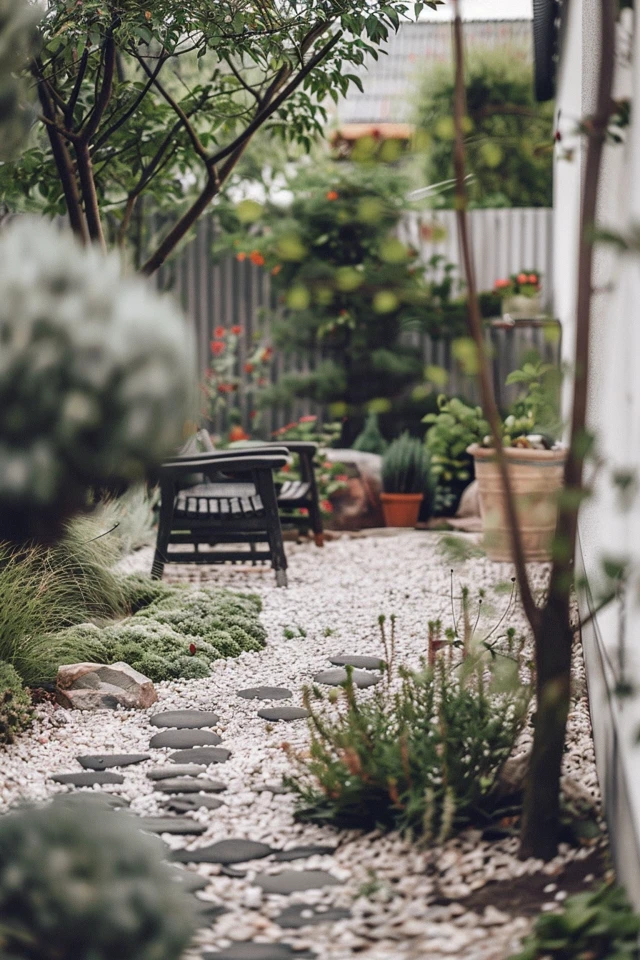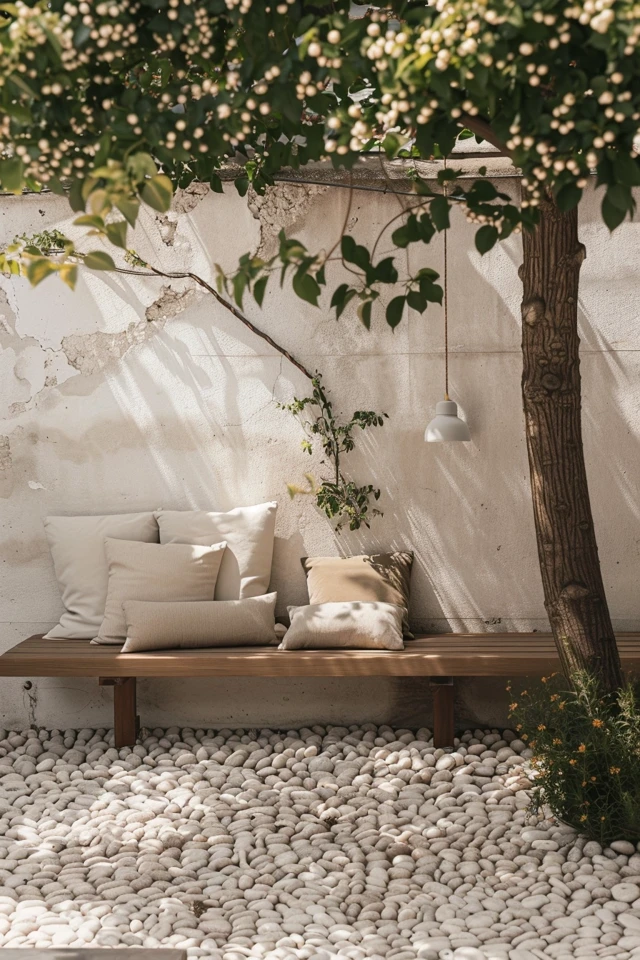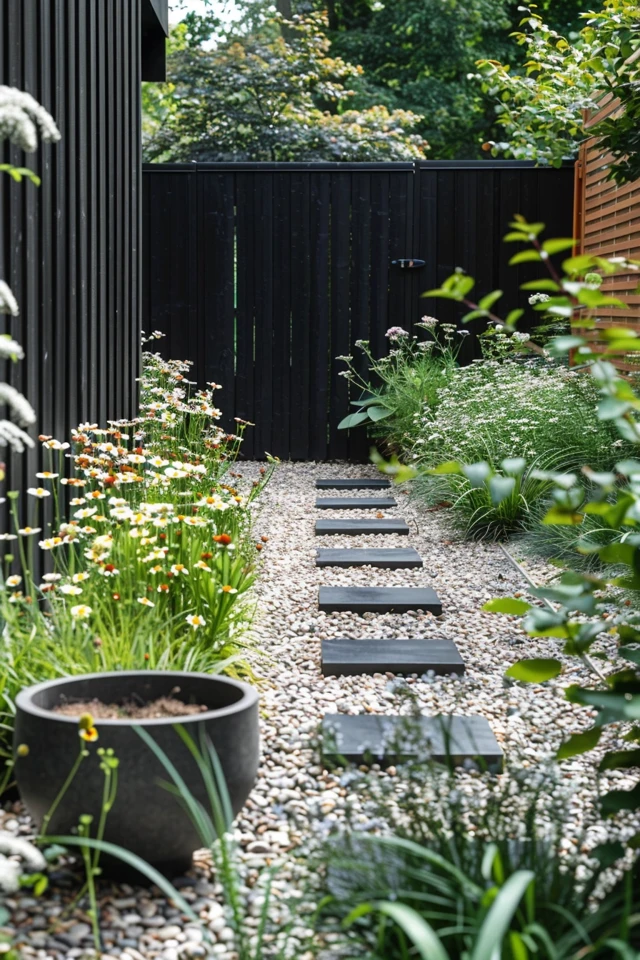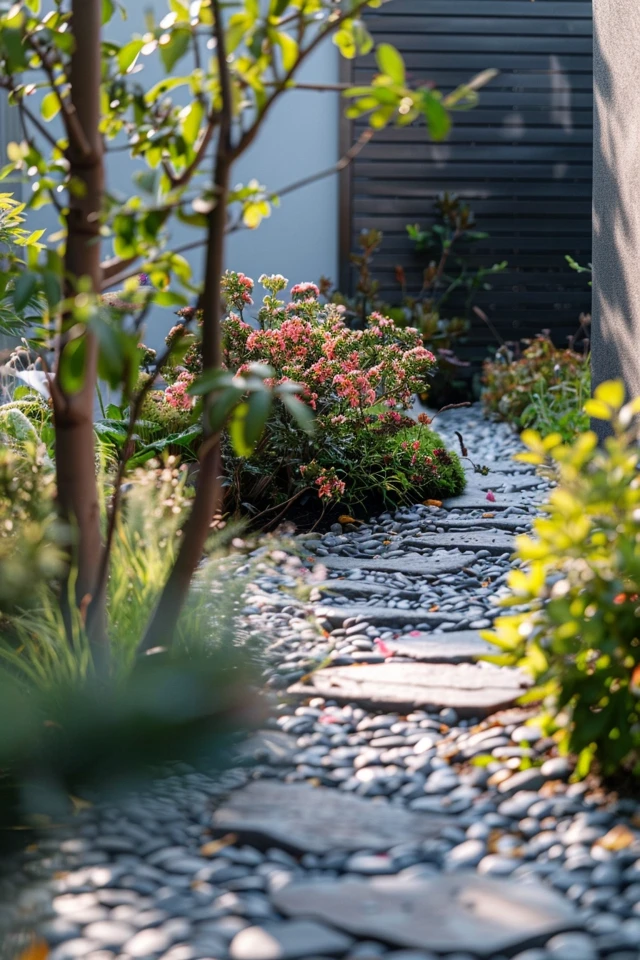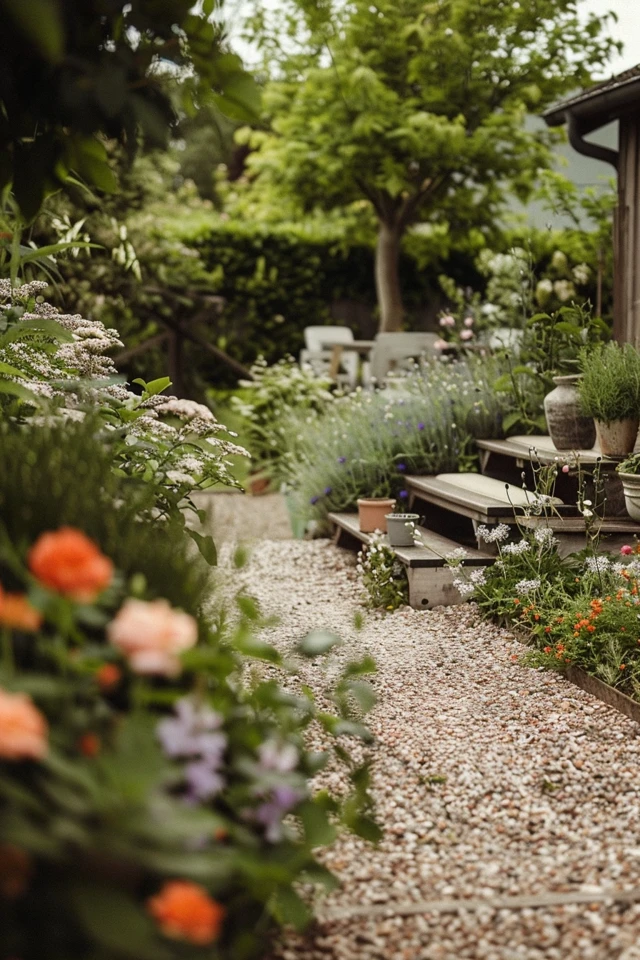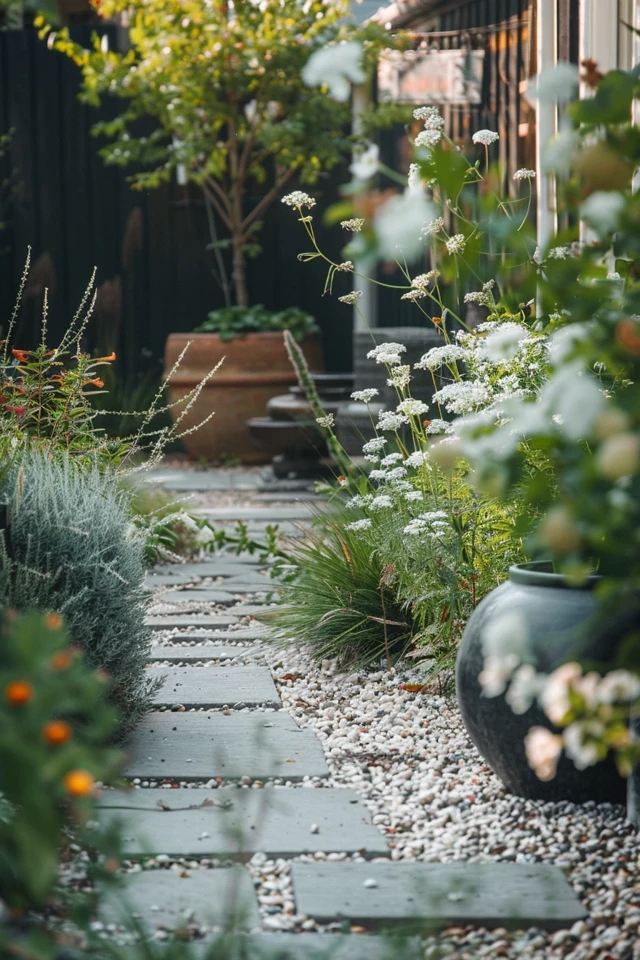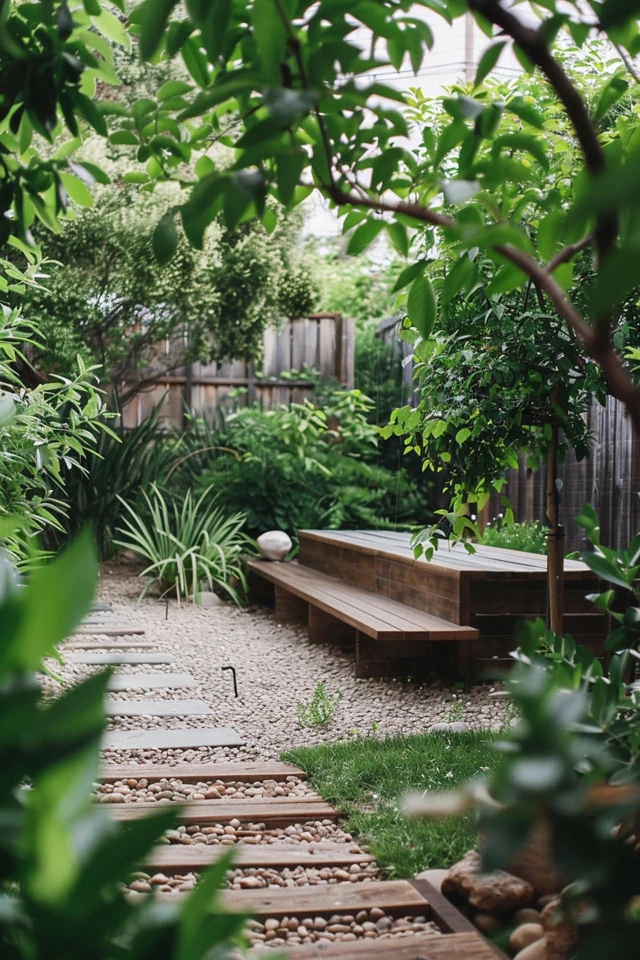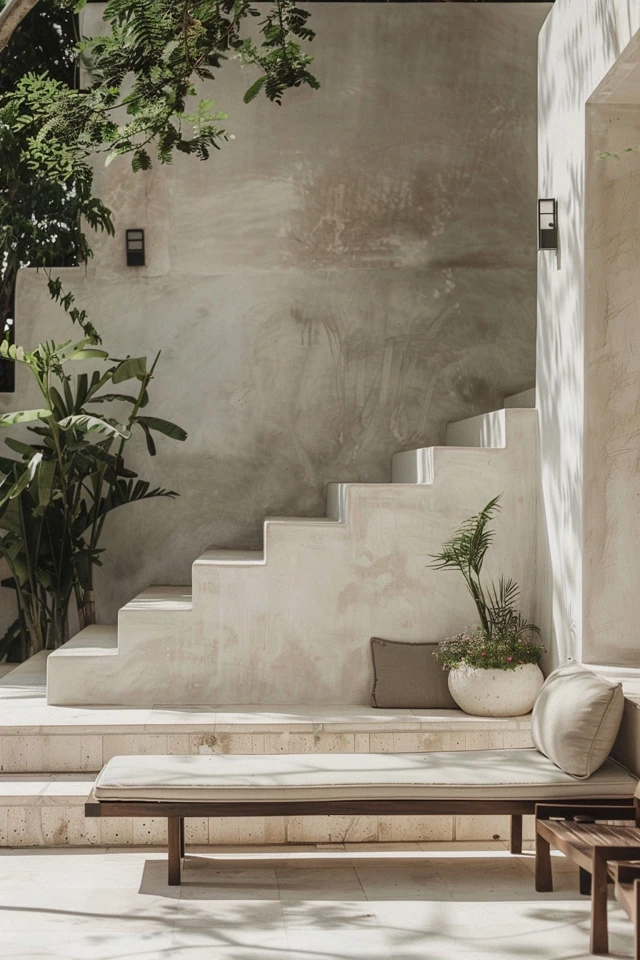Minimalist Garden Ideas: Creating Serenity in Small Spaces
In our fast-paced world, creating a serene and tranquil space at home is more important than ever. Minimalist garden design offers a perfect solution, particularly for those with small spaces. As an architect and interior designer with expertise in evidence-based design, I’ve seen how a well-thought-out minimalist garden can transform a confined area into a peaceful retreat. This guide will explore minimalist garden ideas to help you create a serene oasis, regardless of the size of your outdoor space.
Minimalist garden design focuses on simplicity, functionality, and the thoughtful use of space. By incorporating clean lines, a limited color palette, and carefully chosen plants and materials, you can create a garden that feels both expansive and calming. Whether you have a small patio, balcony, or a tiny backyard, these ideas will help you make the most of your outdoor area.
Creating a minimalist garden is about more than just reducing clutter; it’s about making intentional choices that enhance the space and promote a sense of peace. By following these principles, you can design a garden that not only looks beautiful but also provides a soothing escape from the hustle and bustle of everyday life. Let’s dive into the world of minimalist garden design and discover how to create serenity in small spaces.
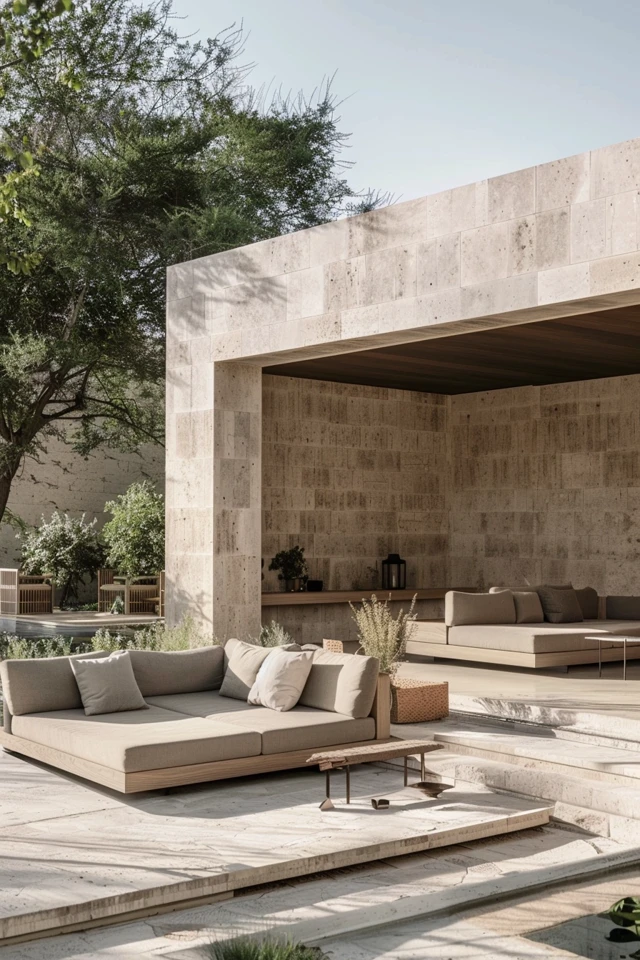
Key Takeaways:
- Opt for simple, clean lines in garden design.
- Use a limited color palette for a cohesive look.
- Incorporate natural materials for texture and warmth.
- Select plants carefully to enhance the minimalist aesthetic.
- Create functional zones to maximize space use.
1. Opt for Simple, Clean Lines in Garden Design
The foundation of minimalist garden design lies in its simplicity and the use of clean, uncluttered lines.
Straight Pathways: Use straight pathways to guide the eye and create a sense of order. Materials like stone or concrete can add a modern touch.
Geometric Shapes: Incorporate geometric shapes in your garden layout. Square or rectangular planters, patios, and garden beds provide a structured look.
Uniform Edging: Use uniform edging to separate different areas of your garden. Materials like steel or wood can create crisp, clean lines.
Minimalist Fencing: Opt for minimalist fencing to frame your garden. Simple wooden or metal fences can define the space without overwhelming it.
Streamlined Furniture: Choose garden furniture with clean lines and minimal detailing. Pieces made from metal or wood in neutral colors work well in a minimalist setting.
2. Use a Limited Color Palette for a Cohesive Look
A limited color palette is essential in minimalist design, helping to create a cohesive and calming environment.
Neutral Tones: Stick to neutral tones like white, gray, and beige for the main elements of your garden. These colors provide a serene backdrop.
Accent Colors: Introduce one or two accent colors to add interest without disrupting the minimalist aesthetic. Soft greens or blues can work well.
Consistent Plant Colors: Choose plants with similar colors to maintain harmony. Green is the most common choice, but you can also consider shades of white or purple.
Monochromatic Schemes: Use a monochromatic color scheme for a sophisticated and unified look. Different shades of the same color can add depth and interest.
Coordinated Accessories: Ensure that garden accessories like pots, cushions, and decor items follow the same color scheme for a consistent look.
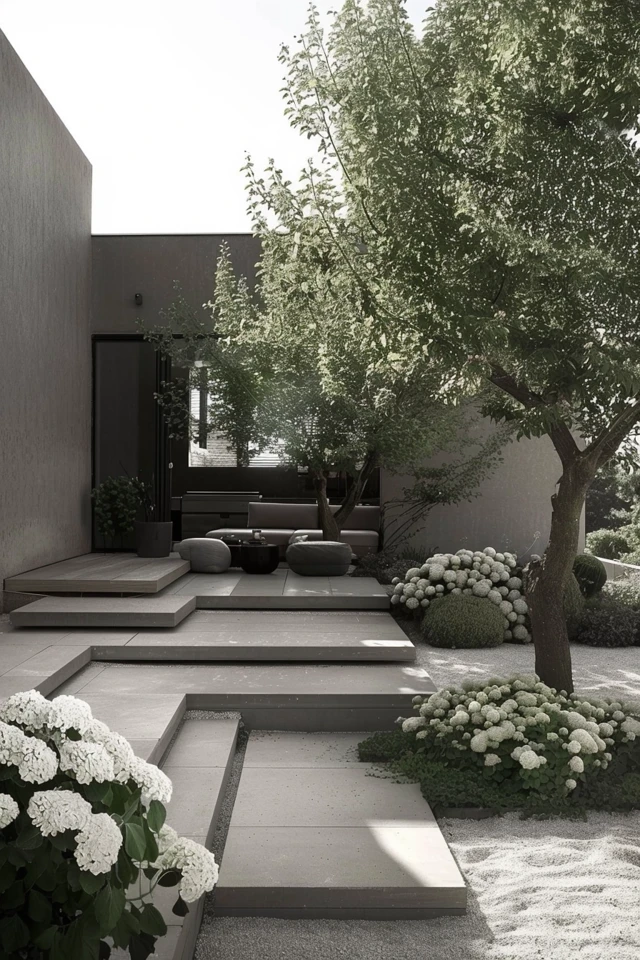
3. Incorporate Natural Materials for Texture and Warmth
Natural materials add texture and warmth to a minimalist garden, making the space feel more inviting.
Wood: Use wood for decking, furniture, and planters. Opt for natural finishes that highlight the wood’s grain and texture.
Stone: Incorporate stone in pathways, walls, and water features. Stone adds a rugged, organic element that complements the minimalist aesthetic.
Metal: Use metal elements like planters, fences, and garden art. Materials like steel or aluminum can add a sleek, modern touch.
Gravel: Gravel is an excellent choice for pathways and ground cover. It’s low-maintenance and adds a natural texture to the garden.
Water: Introduce water features like a small pond or fountain. Water adds a calming element and enhances the sense of tranquility.
4. Select Plants Carefully to Enhance the Minimalist Aesthetic
The right plants are crucial for creating a minimalist garden. Choose varieties that complement the design and require minimal maintenance.
Evergreens: Evergreens provide year-round interest and maintain the garden’s structure. Consider varieties like boxwood, juniper, or yew.
Succulents: Succulents are perfect for a minimalist garden. They come in various shapes and sizes and require minimal care.
Grasses: Ornamental grasses add movement and texture. Varieties like feather reed grass or blue fescue can soften the garden’s lines.
Bamboo: Bamboo is an excellent choice for creating a natural screen or focal point. It grows quickly and adds a vertical element.
Low-Maintenance Perennials: Choose low-maintenance perennials like lavender, sedum, or hostas. These plants provide color and interest without overwhelming the space.
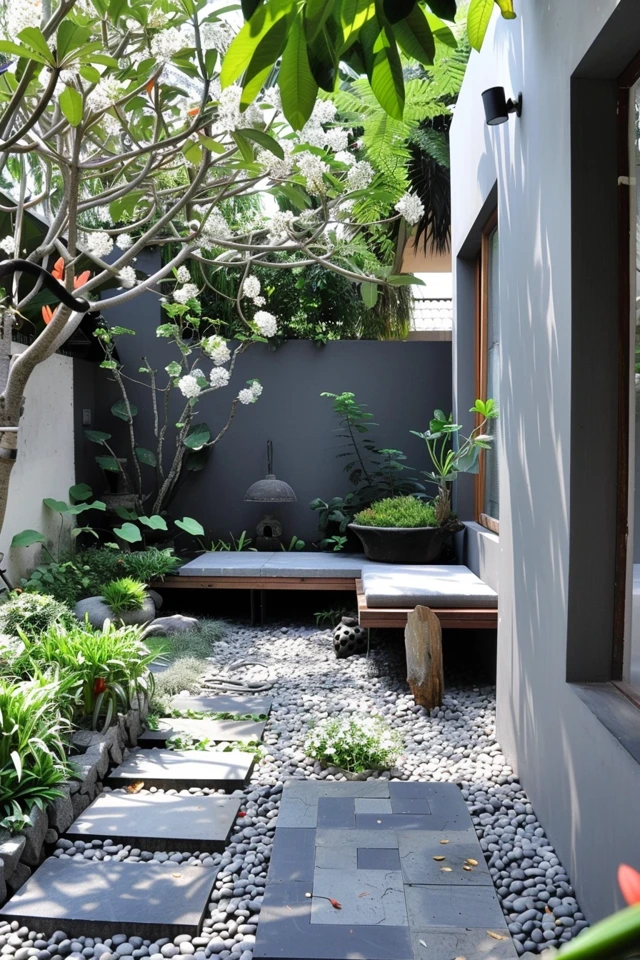
5. Create Functional Zones to Maximize Space Use
Creating functional zones helps you make the most of a small garden by dividing it into distinct areas for different activities.
Dining Area: Designate a space for outdoor dining. A small table and chairs can create a cozy spot for meals and gatherings.
Lounge Area: Include a lounge area with comfortable seating. Use cushions and throws to add comfort and style.
Garden Beds: Allocate space for garden beds. Raised beds can add structure and make planting easier.
Play Area: If you have children, create a small play area with features like a sandpit or a small lawn.
Storage Solutions: Incorporate storage solutions like benches with hidden storage or a small shed to keep garden tools and supplies organized.
Conclusion
Transforming your small outdoor space into a minimalist garden can create a serene and inviting retreat. By opting for simple, clean lines, using a limited color palette, incorporating natural materials, selecting plants carefully, and creating functional zones, you can maximize your space and enhance its beauty.
As an architect and interior designer, I believe that thoughtful design can significantly improve your quality of life. Minimalist garden design offers a perfect blend of simplicity and elegance, making it ideal for small spaces. Whether you have a patio, balcony, or tiny backyard, these ideas will help you create a garden that is both functional and beautiful.
Remember, the key to successful minimalist design is to make it your own. By incorporating your personal style and preferences, you can create a garden that not only looks great but also feels uniquely yours. Happy gardening!
Inspirational Pictures
